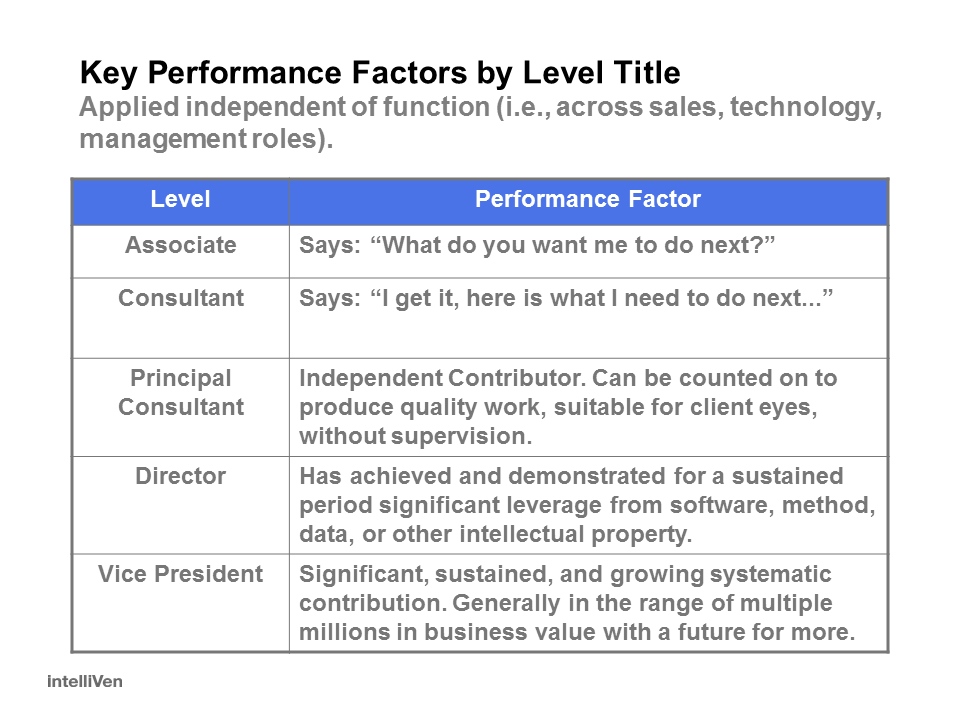 Background
Background
It is well known that firms with inadequate systems for managing risk are liable to suffer serious breakdowns that interrupt operations and cost the companies dearly in terms of fines, remediation efforts, and damage to their reputations. But firms’ risk management systems are only as good as the data fed into them. What of firms that pay attention to the wrong metrics, employ error-prone data-collection practices, or rely on otherwise misleading data to manage their risks?
Approach
Better Risk Data: Regulatory Mandate and Strategic Opportunity, an article written by Promontory Financial Group’s Ray Strecker, Yoko Otani, and Stacy Coleman, focuses on U.S. and global banking regulators’ increasing expectation that financial firms bolster their risk management by improving how they collect, manage, and assess data. But these best data practices for the financial sector are broadly applicable to firms, in every industry, that need to negotiate complex risks. This article demonstrates that firms should incorporate forward-looking, data-driven risk assessments into their routines of doing business.
Bank regulators like the Financial Stability Oversight Council, Basel Committee on Banking Supervision, Federal Reserve Board, and Office of the Comptroller of the Currency have suggested that financial firms need to improve how they aggregate and report risk data. Many of these banks are attempting to meet the regulators’ requirements by building a series of one-off processes and systems. That approach can lead to a patchwork of partial capabilities that may leave firms farther adrift from the goal of having the authoritative, consistent information they need.
This article explains why financial and other institutions should aim for a comprehensive approach to managing risk information. Well-designed systems for gathering and assessing risk data will satisfy and surpass regulatory requirements. Continue reading Better Risk Data: Regulatory Mandate and Strategic Opportunity





